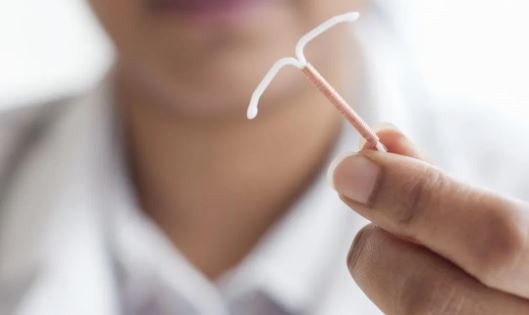Lifestyle
5 reasons women should avoid using IUDs for birth control

Only one in every 100 women who use an IUD will become pregnant while using the device. There are two types.
Hormonal IUDs release progesterone with makes childbirth impossible.
Doctors insert an intrauterine device (IUD) inside your uterus, and it can prevent conception for up to 10 years once it’s inside.
However, some women have complained about how dangerous IUDs are, that’s why you have to discuss with your doctor before you think of inserting it.
Here are some risks;
1.Pelvic Inflammatory Infection
IUD increases your risk of pelvic inflammatory disease (PID), an infection of the uterus, fallopian tubes, or ovaries. The process of inserting the IUD can allow bacteria that cause PID to enter your body.
In the first 20 days following your inserting IUD, you are most likely to be infected, especially if you have many sexual partners.
2. Heavy bleeding
Your periods may become heavier for the first few months after using the copper IUD. Some women bleed or spot between cycles. After getting an IUD, your period may return to normal in six months.
3. Ovarian cysts
In the first year following the placement of an IUD, about 1 in 10 women will develop these fluid-filled sacs or cysts in their ovaries. Although, cysts typically disappear on their own after three months.
The majority of ovarian cysts are harmless and have no symptoms. However, some may cause bloating, oedema, or lower abdominal pain. If there is a cyst rupture, a woman will experience sudden or severe pain.
4. Fainting
Following the IUD insertion by a doctor, some women experience lightheadedness and fainting spells.
5. Depression
Hormonal IUDs can also cause mood swings, deep depression and seve






